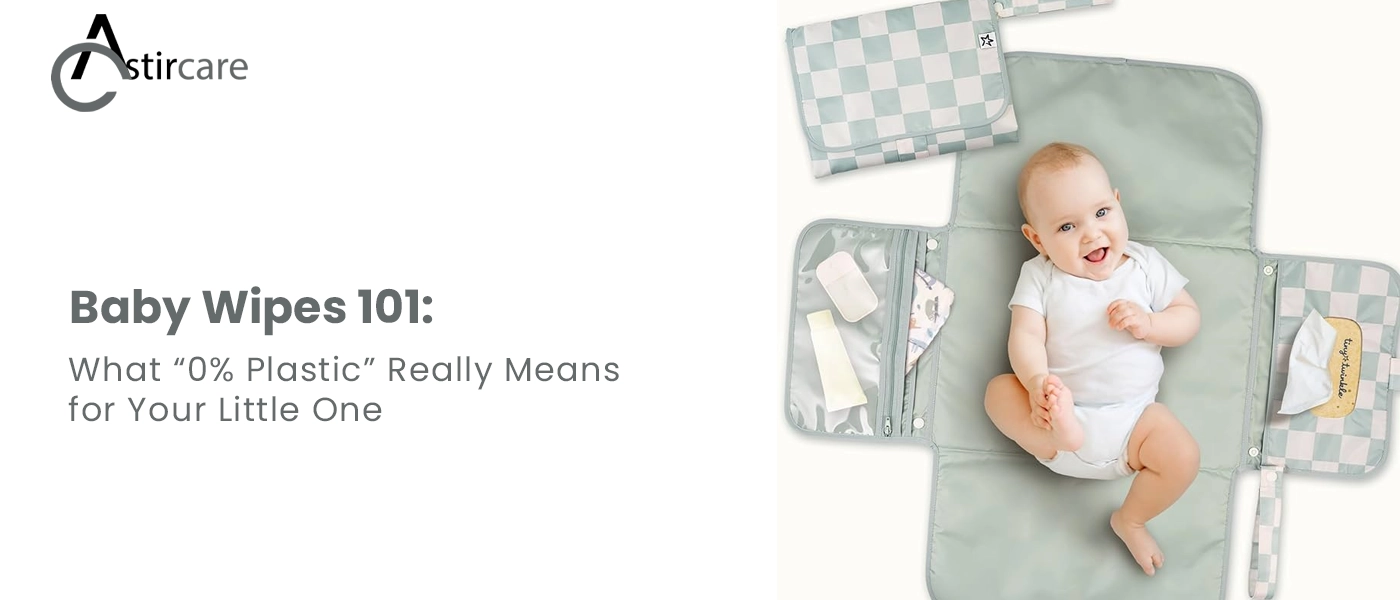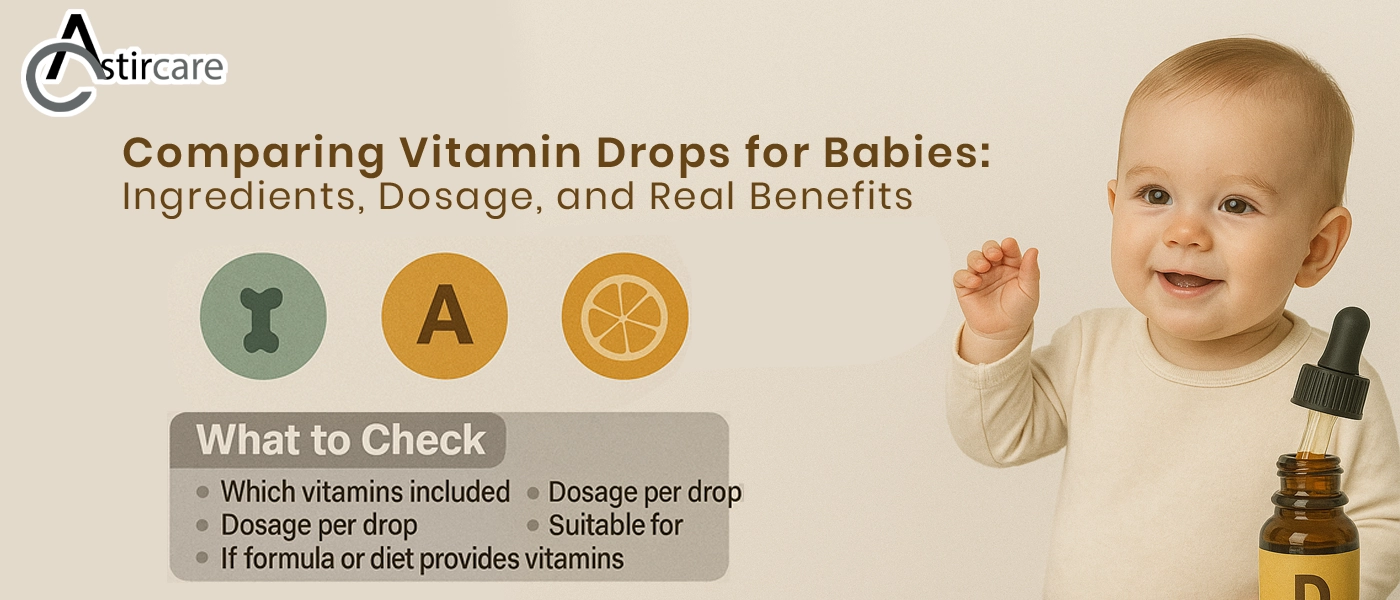Baby and Toddler Multivitamins: What Parents Should Look For on the Label
31 Dec 2025Skincare can feel overwhelming when every cream claims to hydrate, protect, or repair. Among the many options, two stand out: barrier creams and moisturiser creams. Both look similar and come in cream form, but their purposes are not the same. Barrier creams focus on protection, while moisturiser creams focus on hydration and comfort.
Using the wrong one for your skin’s needs can lead to frustration. A barrier cream may feel too heavy if all you need is light daily moisture, while a moisturiser cream may not provide enough defence in harsh conditions. Understanding the difference helps you spend wisely and choose products that actually work. This guide explains what each does, when to use them, and what to look for before you buy.
What Is a Barrier Cream?
Barrier creams are designed to create a shield between skin and external irritants. They do not aim to boost hydration directly, but rather to stop damage caused by exposure.
- Protect against water, detergents, and chemicals that strip natural oils.
- Useful for hands and feet that face constant stress or harsh conditions.
- Prevent chapping, cracking, and soreness from repeated irritation.
- Typically thicker and longer-lasting than daily moisturisers.
- Common in healthcare, cleaning, and outdoor work where protection is vital.
Think of a barrier cream as an added layer of defence. It locks in comfort and keeps irritants out, but it is not usually a substitute for everyday skincare hydration.
What Is a Moisturiser Cream?
Moisturiser creams are the foundation of daily skincare routines. Their role is to keep skin comfortable, soft, and balanced by restoring hydration.
- Formulated to hold water in the skin, reducing dryness and flakiness.
- Available in gels, lotions, or rich creams for different skin types.
- Strengthen the skin’s natural barrier and improve long-term comfort.
- Often contain beneficial extras like hyaluronic acid, ceramides, or antioxidants.
- Suitable for daily use, morning and evening, after cleansing.
Moisturiser creams meet the skin’s everyday needs and are designed to enhance both feel and appearance.
Barrier Cream vs Moisturiser Cream
Although both come in cream form, their roles are quite different.
- Purpose: Barrier creams protect; moisturiser creams hydrate.
- Texture: Barrier creams feel heavier; moisturiser creams can range from light to rich.
- Routine: Barrier creams are used in specific situations; moisturiser creams are for everyday care.
- Areas of use: Barrier creams are often for hands, feet, or exposed skin; moisturiser creams are for the face and general hydration.
- Suitability: Barrier creams are specialist; moisturiser creams are universal.
When to Use a Barrier Cream
Barrier creams are most effective in environments where skin faces repeated exposure or irritation.
- Frequent handwashing or cleaning with detergents.
- Outdoor activities in cold, windy, or polluted air.
- Wearing gloves for long hours in medical or industrial work.
- Situations where rubbing, friction, or contact causes discomfort.
In these cases, barrier creams provide much-needed resilience and prevent long-term damage.
When to Use a Moisturiser Cream
Moisturiser creams are everyday essentials that suit nearly all skin types.
- Dry skin: Choose rich, creamy formulas with ceramides or shea butter.
- Oily skin: Opt for lightweight gels that hydrate without clogging pores.
- Sensitive skin: Go fragrance-free to reduce the risk of irritation.
- Ageing concerns: Look for formulas with hyaluronic acid or peptides to smooth and plump.
- Daily hydration: Use morning and night to maintain comfort and softness.
Moisturiser creams provide the consistent care skin needs, forming the backbone of any skincare routine.
Can You Use Both?
Some routines benefit from a combination approach. For example:
- Apply a moisturiser cream after cleansing to replenish hydration.
- Add a barrier cream to hands, feet, or problem areas when facing exposure.
- In winter, use a moisturiser cream daily and apply barrier cream on top of vulnerable areas for added protection.
This combination ensures skin receives both hydration and external defence.
What to Check Before Buying
A label can tell you a lot about whether a cream will meet your needs. Focus on:
- Barrier creams: Look for dimethicone, zinc oxide, or petroleum-based ingredients.
- Moisturiser creams: Prioritise hydrating agents like glycerin and hyaluronic acid.
- Skin type match: Light formulas for oily skin, richer ones for dry or mature skin.
- Fragrance-free options: Better for sensitive or easily irritated skin.
- Dermatologist-tested labels: Offer reassurance for those prone to reactions.
- Practicality: Consider packaging, texture, and ease of applying during daily routines.
Being selective ensures you buy a cream that supports your skin in a way that feels comfortable and effective.
The Final Word
Making the right choice between barrier cream and moisturiser cream is the key to a routine that truly benefits your skin. Astir Care offers a wide range of face moisturiser creams designed for different needs and preferences. Visit our Face Moisturisers collection and choose the moisturiser cream that fits your skin type. The right choice will give you comfort, hydration, and healthier-looking skin every day.







Leave a Comment